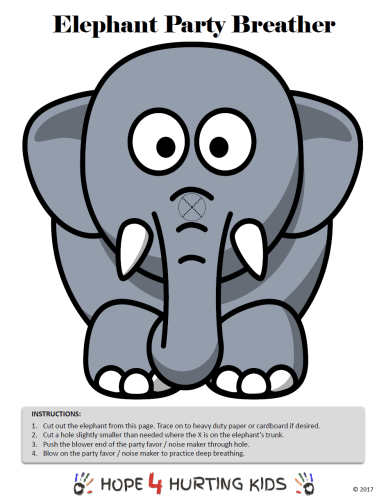
Emotion Color Swatches are a cheap and easy way to teach kids different words for emotions and different degrees of emotions.
Here’s how to make them:
- Go to your local hardware store or pain store and get a variety of paint samples that show three or four different intensities of a color on one sheet (we used samples that showed four colors).
- On each sample, write words that represent varying degrees of emotions going from least intense (lightest color) to most intense (darkest color).
- You can make up your own groupings or use the ones we’ve developed which are shown below (you can access a printable copy of by clicking on the worksheet below). We grouped our emotions as well (e.g., red samples related to emotions in the “anger” category, yellow was “joyous” emotions, blue for emotions related to “sad” as so on).
- Once all of our samples were done, we bound them using a metal ring.
Here’s how to use them:
There are a number of ways you can use the Emotions Color Swatches to help teach kids about emotions: Continue reading




 In the past we have drawn a picture of an elephant on a piece of heavy paper or cardboard to create our elephant noise makers. With this new template you can either use the picture to trace on something more durable or simply cut the elephant out and use the template itself.
In the past we have drawn a picture of an elephant on a piece of heavy paper or cardboard to create our elephant noise makers. With this new template you can either use the picture to trace on something more durable or simply cut the elephant out and use the template itself.

 The Feelings Parking Lot is a great tool to use with kids to both identify the feelings they are experiencing and to discuss different coping mechanisms that can help with those emotions. On top of that, it’s always fun to play with Matchbox Cars.
The Feelings Parking Lot is a great tool to use with kids to both identify the feelings they are experiencing and to discuss different coping mechanisms that can help with those emotions. On top of that, it’s always fun to play with Matchbox Cars. A Scream Box is a fun and effective way to vent some of those intense emotions that build up inside like anger, fear and stress. While breathing, physical activity and talking about it are great ways to help deal difficult emotions, sometimes you just need to scream! Handled correctly, this can be a therapeutic way to vent some of that frustration. Screaming however is not always socially acceptable or appropriate. That’s where the Scream Box comes in handy.
A Scream Box is a fun and effective way to vent some of those intense emotions that build up inside like anger, fear and stress. While breathing, physical activity and talking about it are great ways to help deal difficult emotions, sometimes you just need to scream! Handled correctly, this can be a therapeutic way to vent some of that frustration. Screaming however is not always socially acceptable or appropriate. That’s where the Scream Box comes in handy. The pictures in this article are of a scream box my 13 year-old daughter made.
The pictures in this article are of a scream box my 13 year-old daughter made.












